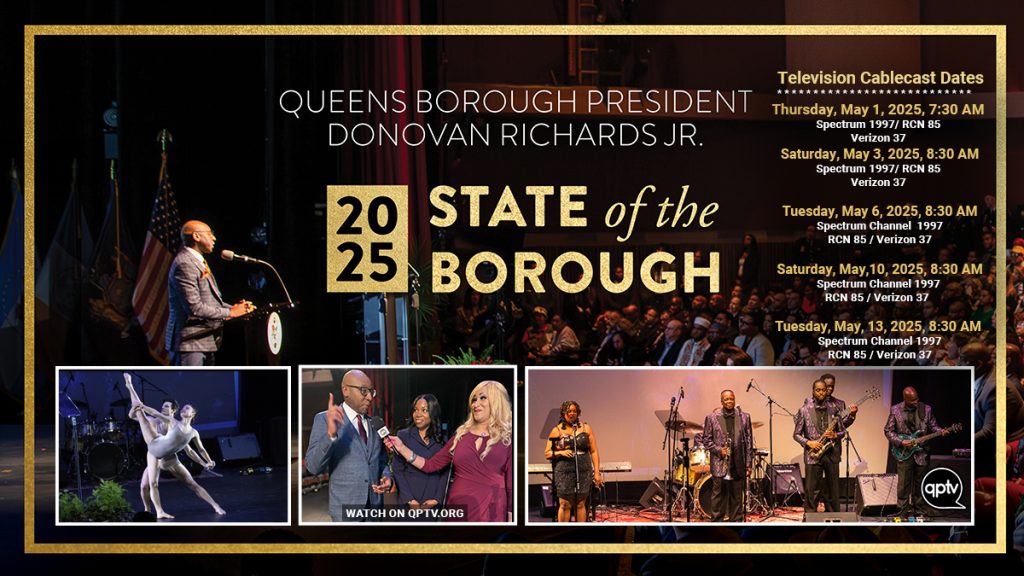Released 50 years ago this month, the French Connection is considered to be the preeminent depiction of New York City in the early 1970s.
Based on a historic heroin drug bust in 1961, the film is iconic for its on-the-ground camera work, moral ambiguity, and — of course — its unparalleled chase scene under the elevated train in Brooklyn.
Yet for all its attempts at accuracy, The French Connection is a film that undoubtedly straddles the line between reality and fiction. Enter Randy Jurgensen, a former NYPD detective who worked on the original 1961 case and later as a consultant to director William Friedkin and star Gene Hackman.
“First of all, I just want to say that I am so proud to have been a part of the making of the movie,” Jurgensen explained during an interview. “Here it is, 50 years later, and people are still talking about The French Connection.”
Jurgensen worked as a narcotics detective with Sonny Grasso and Eddie Egan, the two brazen and unconventional detectives whose antics served as the basis for Robert Moore’s 1969 book The French Connection.
The novel, which recounts a notoriously large international drug bust, caught the attention of Hollywood director William Friedkin, who wanted to use the story to shine a light on the intensity of police work in New York City.
In order to make the movie as realistic as possible, Friedkin tapped Jurgensen, who by this time was working as a homicide detective, to offer insight into the world of the NYPD.
“My job was to turn Gene Hackman, Roy Scheider, and Billy Friedkin into narcotics detectives,” Jurgensen explained. “The way I did that was by taking them to work with me as I arrested people in shooting galleries as they were dealing drugs. Not so much inside, but outside in the street.”
While Jurgensen was brought onboard to ensure the realism of the film, he also played a role in creating its most fantastical sequence: the chase scene.
Per the studio’s request, Friedkin set out to create a high-octane chase through the streets of New York City. Unlike many other films of the era, The French Connection’s chase was shot on location rather than in a Hollywood backlot.
The result was an unforgettable and unbelievably dangerous piece of cinema history.
“We were doing 60 or 65,” recalled Jurgensen, who was sitting in the backseat of the stunt car. “There were no cops stopping traffic. There was nobody there to tell the pedestrians don’t cross the street. We just took off through red lights, honking the horn and screeching the brakes.”
Jurgensen and the stunt team sped down nearly 20 blocks of Stillwell Avenue under the elevated train tracks and past dozens of businesses. In hindsight, the former NYPD detective admitted the chase was too reckless even for the 70s. He also explained that the memorable scene was absolutely not true to life.
“I’ll tell you what the real chase was like,” Jurgensen said. “We were following these guys. They parked their car, then we followed it for about four blocks, and finally two other squad cars blocked traffic so they couldn’t turn away. That was it.”
Jurgensen himself was given a bit role in the movie as a patrolman, and went on to work as a consultant and actor in a number of other classic movies, including The Godfather, in which he was one of the goons who gunned down Sonny Corleone.
Given his experience in both law enforcement and entertainment, Jurgensen is uniquely knowledgeable about what unites and separates the two careers.
“We had to take what was real, R-E-A-L, and turn it into reel, R-E-E-L,” Jurgensen said. “I saw that transition, what they had to do to tell a story and make it entertaining. The movie does show how dangerous police work was at the time, but real-life investigation can be boring.
“So it wasn’t really fact or fiction,” he added. “It was ‘faction,’ something in between the two.”
To this day, Jurgensen and director William Friedkin are still friends, and the pair often discuss the legacy of The French Connection. Jurgensen, who is now the last surviving detective who worked on the original case, is grateful that the movie continues to endure, and sees its depiction of police work as a vital social document of how things were and how they can continue to change.
“It was the 60s, but we were working out of stations built in the 30s, using equipment from the 40s, and following the ‘father knows best’ thinking of the 50s,” he said. “That’s how you ended up with people like Sonny Grasso and Eddie Egan, who tried to break away from that system.
“You are not going to see something like that again, and I don’t think that’s a bad thing,” Jurgensen added. “We’ve come a long way, and more change to police work and safety can be a good thing.”




